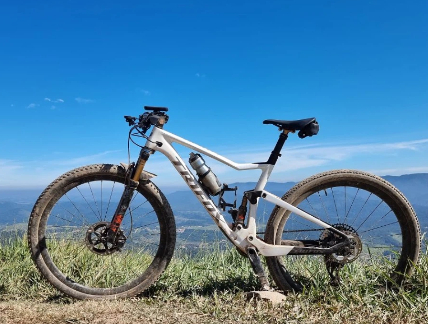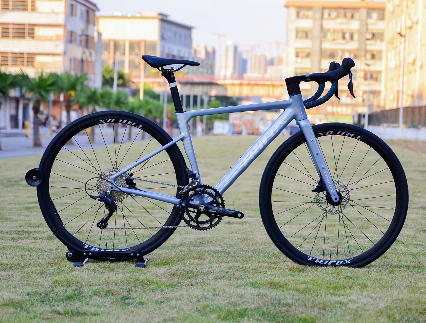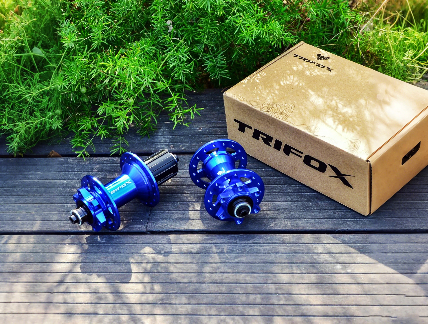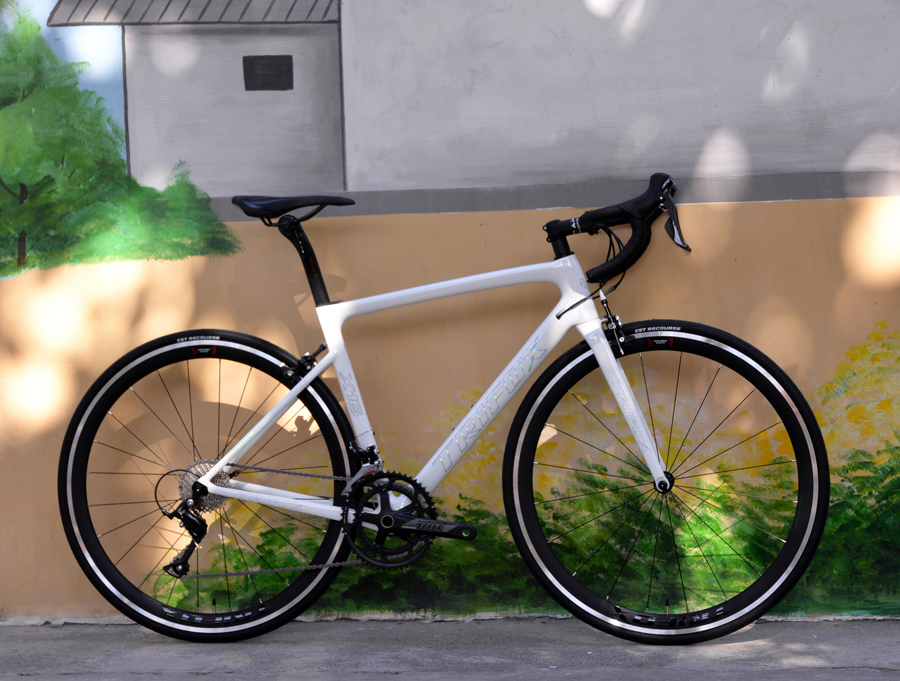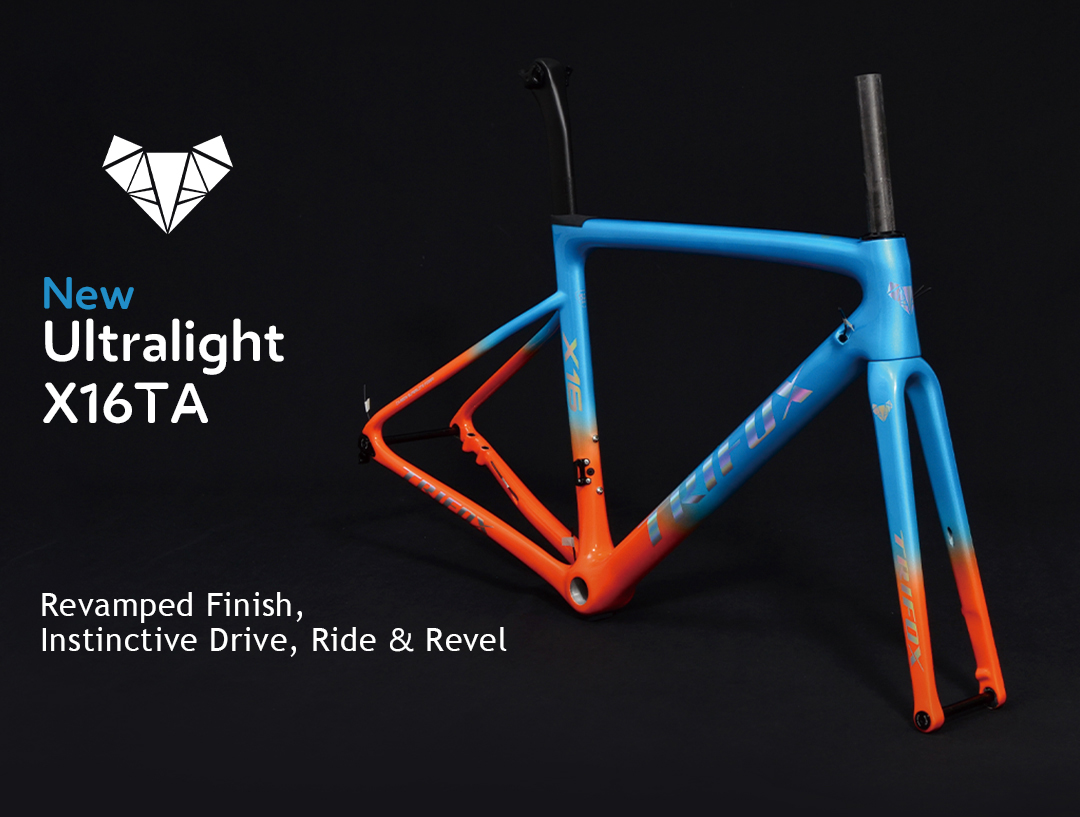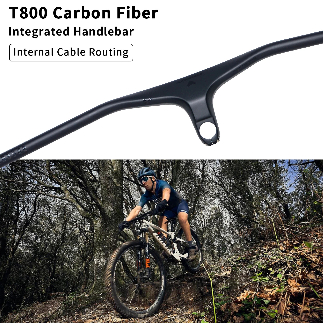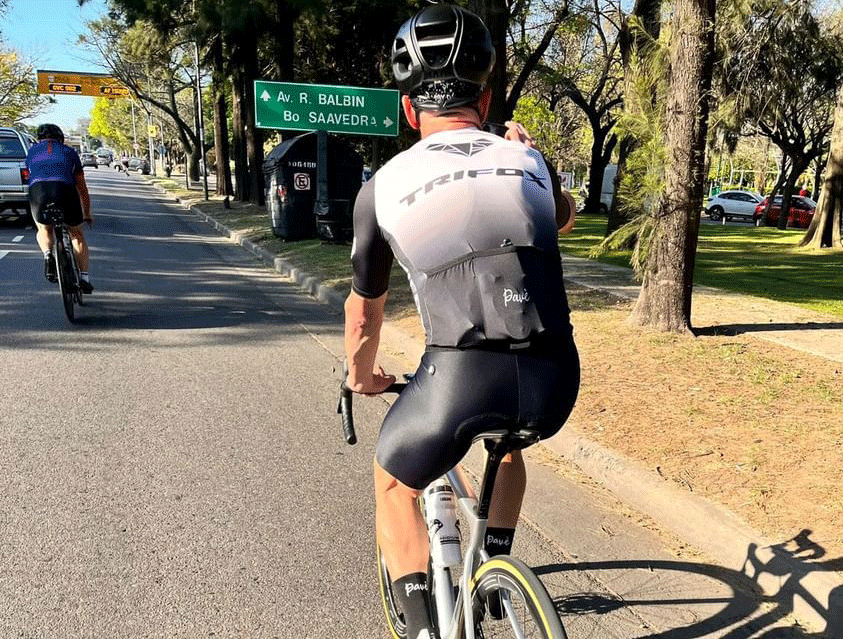1.Choose a hardtail frame
First, let me briefly talk about the importance of frame size. The frame size must fit your body. If it is too large or too small, it will affect your riding posture, causing you to ride harder than others, and may cause sports injuries for a long time. However, this is not absolute. For example, if you often go up and downhill, then the frame size should be smaller. If you only use it for flat road riding, then it does not matter if the frame size is slightly larger.
The frame material is of course titanium alloy or carbon fiber is the best.
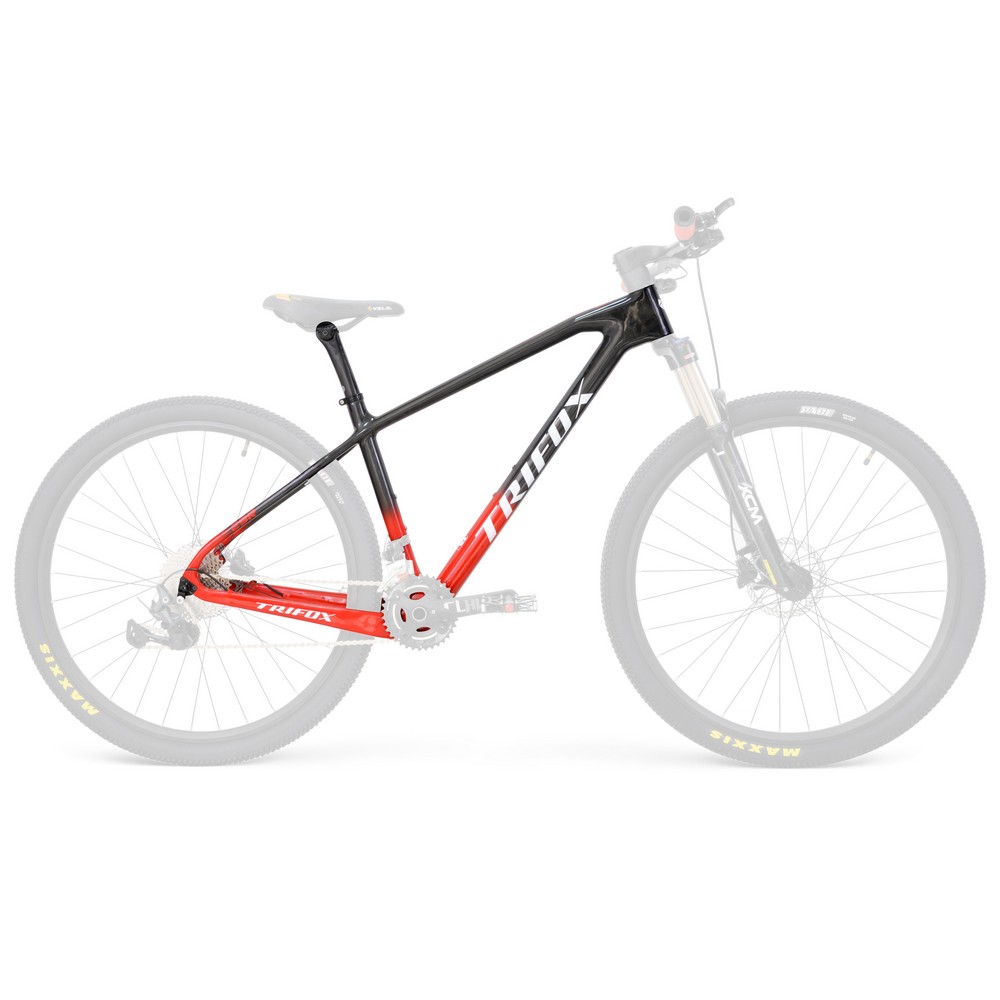
2.The front fork is a high-tech component of mountain bikes. Mountain bikes with hard front forks are rare, and they are basically front forks with shock absorbers.
Spring Forks: The lowest range forks with no damping.
Features: cheap, the most common.
Resistance fork: The resistance fork is used as the medium without damping.
Features: More than the above, but more than the bottom, but the resistance fork will age after about three years and needs to be replaced.
Oil spring fork: the spring is used as the rebound medium, and the oil is used as the damping.
Features: The heaviest, but the strongest. The spring is relatively smooth to use and responds sensitively to small vibrations. Generally, the shock absorber oil is changed every six months, and the fork is removed to change the oil.
Oil-air fork: Air is used as the rebound medium, and shock oil is used as the damper.
Features: Lighter than the oil spring fork, but the firmness is reduced. If you pump up the gas every six months, the car dealer will provide a special pump for free, and you can buy it separately. The advantage of using air as the medium is that it is lighter in weight and can protect the rider’s wrist during high-speed off-road, but it is not very sensitive to small vibrations.
3.The braking system includes brakes, brake levers, and brake lines. There are two kinds of brakes for mountain bikes: V brakes and disc brakes, while suspension brakes for ordinary bicycles are not common.
V brake: The force is very strong, because it is braked by the friction rim, so the rim must be adjusted in place, and it is not easy to deform.
Disc brakes: Compared with V brakes, it is less likely to lock the tires. When driving at high speed, locking is very dangerous and will cause sideslips and rollovers.
There are two types of disc brakes: hydraulic disc brakes and mechanical disc brakes. Hydraulic disc brakes rely on oil to press the brake pads to obtain huge braking force. Wire-pull disc brakes rely on the power of your fingers to brake.
Now, V brakes have been phased out one after another. Disc brakes are better in terms of aesthetics and practicality. The only trouble is that sometimes you need to adjust the brakes to make the gap between the pads. V brakes are more dangerous than disc brakes when riding downhill on rainy days, and are more prone to brake failure. For long-distance riding, one or two pairs of pads must be prepared, especially in mountainous areas.
As for the oil pressure and machinery, it depends on your own choice, and the machinery is better maintained. If the oil brake is broken on the road, most cities cannot repair it, especially in remote areas, you can only either express a new one or replace it with a mechanical one.
4.The transmission system includes a crankshaft, a central shaft, a chain, and a flywheel.
Tooth plate: also called tooth plate. Most of them have 3 gears, and some people change them to two gears in pursuit of lightweight.
Central axis: There are three types of integrated central axis, plum blossom hole central axis, and square hole central axis.
Chain: This is a consumable item, and the chain is often broken. A good chain drive is flexible and will not wear out after long-term use.
Flywheel: There are 7-speed 21-speed, 8-speed 24-speed, 9-speed 27-speed, 10-speed 30-speed, and 11-speed 33-speed.
5.The speed change system includes a shift handle, a front derailleur, a rear derailleur, and a speed change cable.
6.Wheels include rims, steel wires, front and rear axles, outer tires, and inner tubes.
Rims: Double-layer rims should be used for mountain bikes. Because the double-layer ring is stronger than the single-layer ring, it can better withstand the test of the performance of the bicycle on harsh terrain.
Steel wires (spokes): There are two types, one is common, with a circular cross-section; the other is flat (wind resistance strips), which can reduce frontal wind resistance.
Axle: also known as flower drum. Friends who use disc brakes should choose disc brake shafts because the disc brake pads are fixed on the disc brake shafts; friends who use V brakes can use ordinary shafts. If you want to upgrade to disc brakes in the future, you can install disc brake shafts first.
Tire: very important, because it directly affects the rider’s handling of the car on a specific road. Different tread patterns adapt to different road surfaces. The flatter the tread, the less resistance, the faster the speed, and the stronger the friction on flat ground. Skinny tires are suitable for flat concrete roads in the city. The more convex the tread, the greater the resistance, the slower the speed, and the stronger the friction on the mountain.
if you want to check more bike knowledge, you can pay attention to our official web.





























































